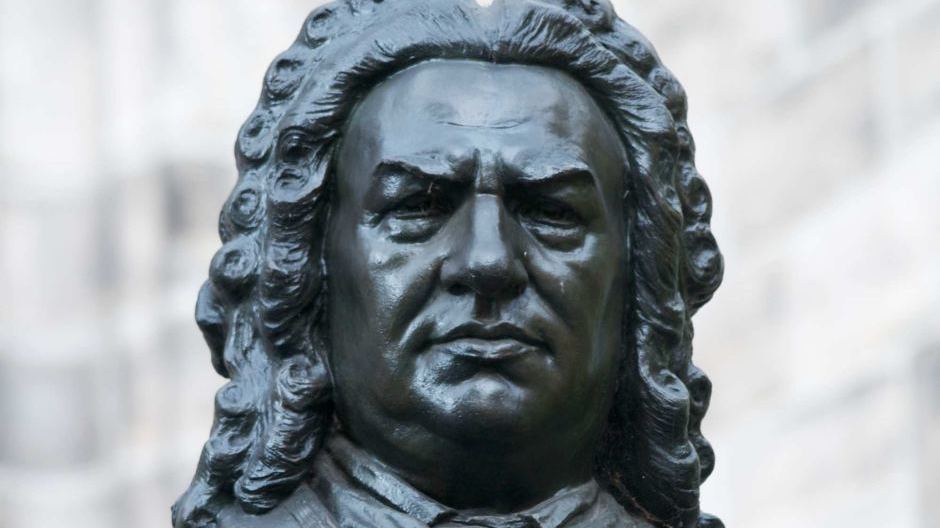“Ombra mai fu” from Handel’s “Xerxes”
George Frederick Handel seems to have had an affinity for expansive, majestic melodies. Consider the stately opening movement of the Violin Sonata in D Major, HWV 371, or the regal splendor we encounter in so many movements of the Water Music and Music for the Royal Fireworks. Perhaps there is no better example than Ombra mai fu (“Never was a shade”), the opening aria from Handel’s 1738 opera, Xerxes, or Serse as it was known in Italian. The aria’s setting is a lush garden …







